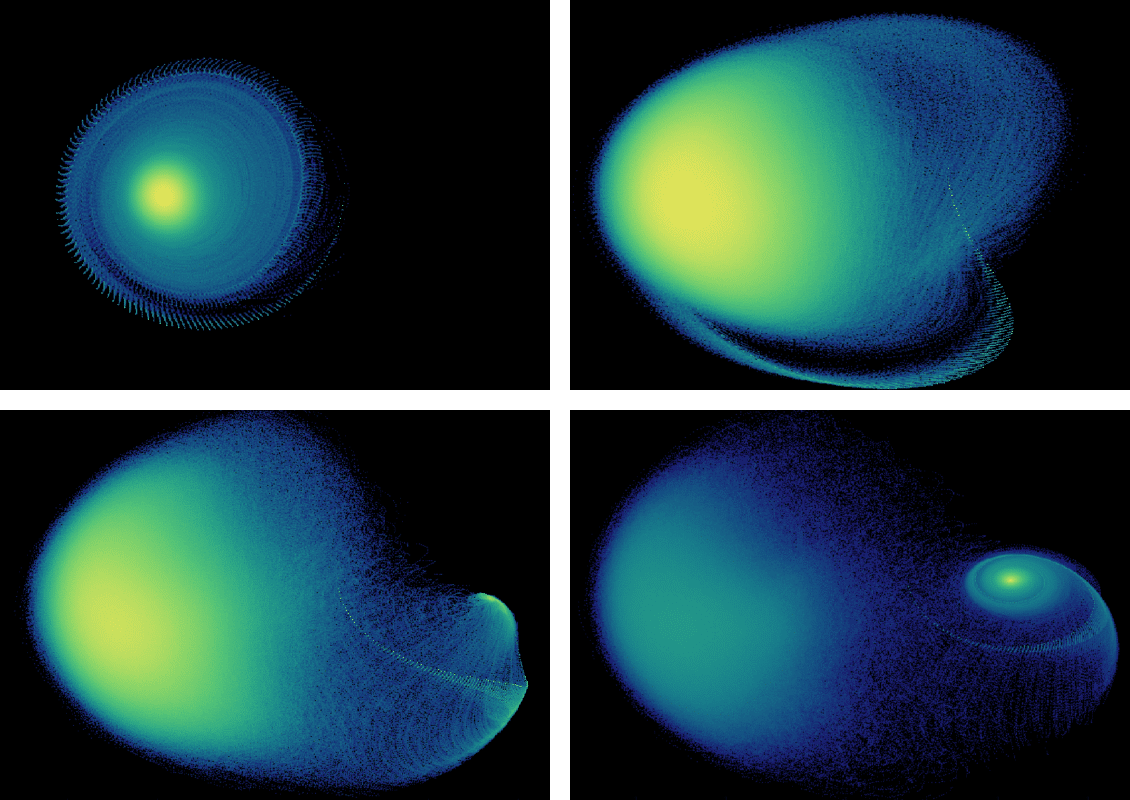Physicists at Ben-Gurion University are the first to try to understand the properties of chaos using a quantum chip. They mobilized light particles to simulate chaos and were able to predict correlations that indicate it

Physicists at Ben-Gurion University are the first to try to understand the properties of chaos using a quantum chip. They mobilized light particles to simulate chaos and were able to predict correlations that indicate it. Their conclusions were published in the scientific journal Nature Partner Journal, Quantum Information.
Prof. Eitan Grossfeld and his colleague Dr. Daniel Dahan from the physics department at Ben Gurion University of the Negev, together with Dr. Geva Aruas, a graduate of the department, a post-doctorate in Paris, demonstrated that systems that capture light in a micrometric resonant cavity on a ring, can reveal unexpected behavior, when light with a rotational property (chiral light) is injected into these cavities.
The photons, the particles of light, behave according to the laws of quantum mechanics. The researchers followed the paths of several photons inside the micro-cavities and discovered that their behavior becomes so unpredictable and may even appear completely random, due to high sensitivity to small changes in the initial conditions. However, they predicted that certain correlations between photon emission in the different microcavities would indicate the chaotic behavior. Physicists from Ben-Gurion University were the first to propose the light particles, the polaritons, as being able to simulate chaos. This discovery was made as part of the European Union's flagship program that aims to transform quantum research into quantum technologies.
"To the best of our knowledge, we are the first to propose solid-state quantum simulators based on light particles as being able to simulate certain types of chaos in which it is very difficult to determine the rules," he explained Prof. Grossfeld. "These particles consist of solid state photons and excitons. The solid state chip binds the photons and produces a reaction from them that we use in our simulations."
Other partners of the research group: the University of Oxford, University College London, the University of Sheffield in the United Kingdom CNRS-C2N in Paris, the Institute of Physics in Warsaw and the Paul Drud Institute in Berlin.
This research (No. 1626/16 *) was supported by the National Science Foundation and was later supported by the Innovation Authority as part of the Kamin program - in the QuantERA InterPol project and with the assistance of BGN Technologies - the technology commercialization company of Ben-Gurion University of the Negev.
Link to the illustration of the quantum trajectories of the photon numbers inside the microcavities. Credit: Prof. Eitan Grossfeld-
